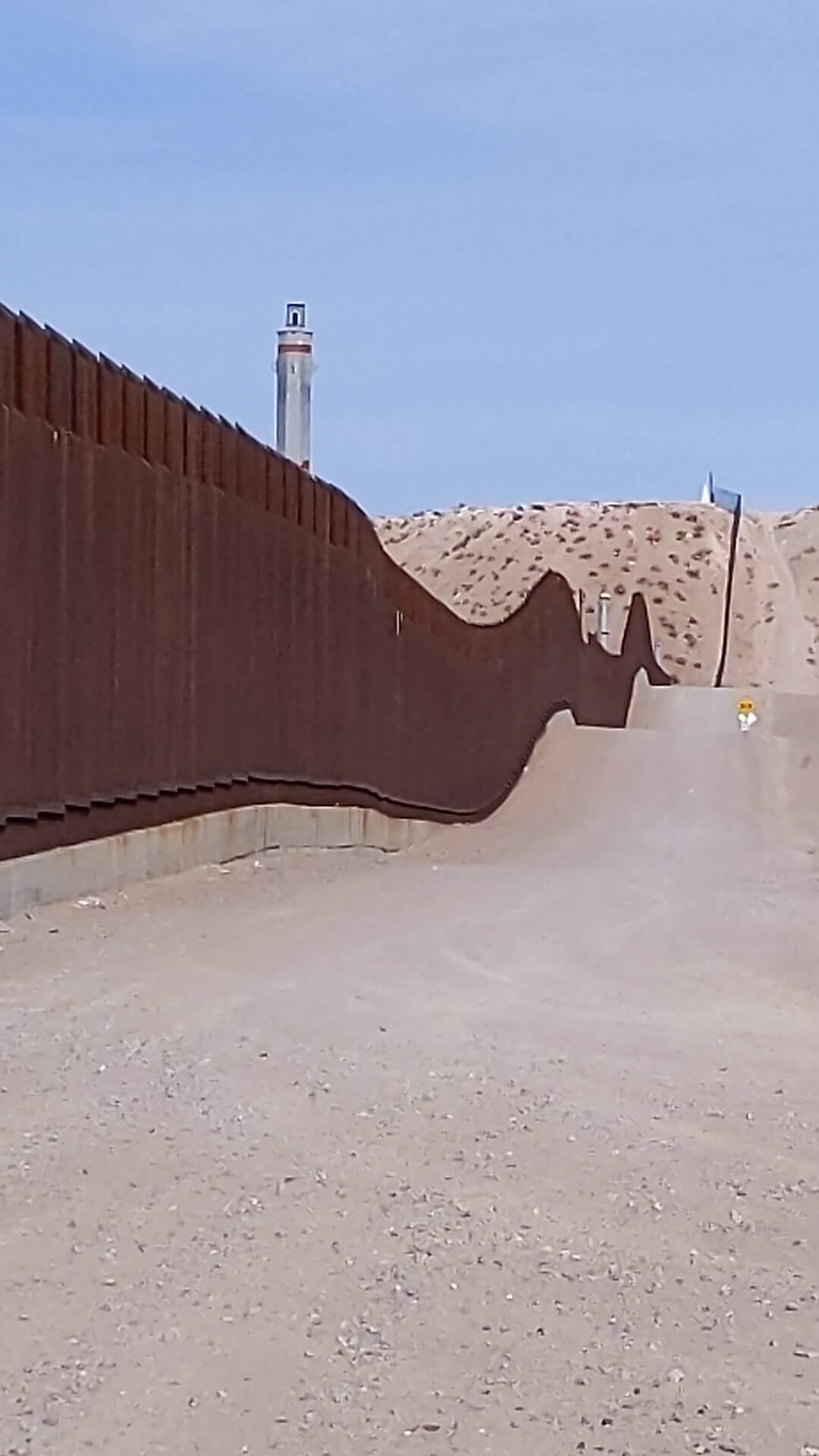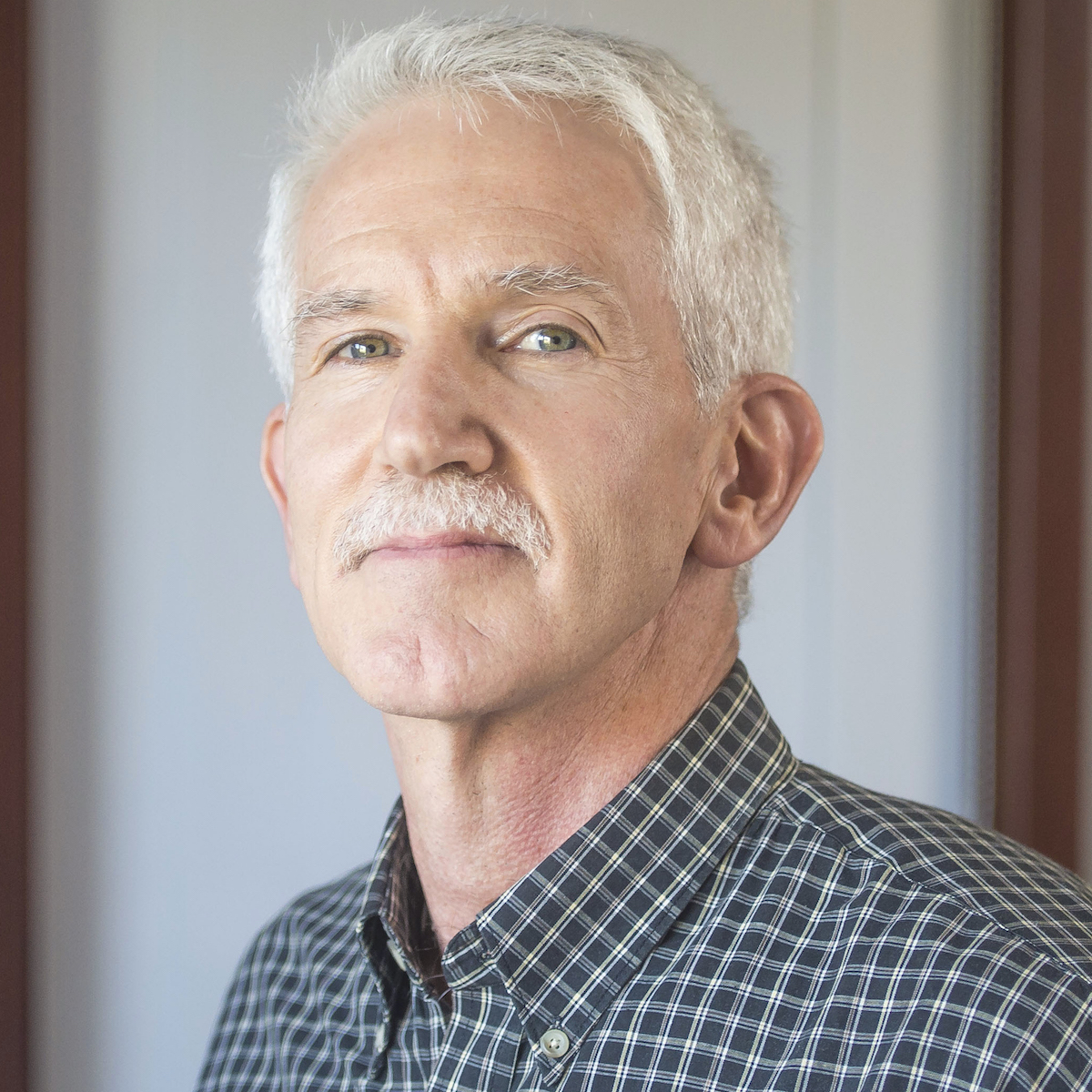On June 4, standing at the podium in the East Room of the White House, President Joe Biden shut the door for most asylum seekers at the southern border. Later that day, 25 journalists from across the country began arriving at the border city of El Paso, Texas, for Poynter’s two-day immigration workshop.
One reporter had filed a story between connecting flights on her way in. Many snagged react quotes during the opening panel with the mayor of El Paso and a top aide to the mayor of Ciudad Juárez. There were many hard realities to discuss. The two cities, separated only by a placid stretch of the Rio Grande and millions of dollars of concrete and steel hardware, are well-trod ground for regular and irregular border crossers alike.
In the longer term, Biden’s action did much more than spur quick-turn dailies. His abrupt pivot helped reporters see the sharp edges of many pieces in the migration puzzle.
The key, as it turned out, was not simply spending time with the right people on panels. Equally important were the hours at the Sacred Heart shelter for migrants, at the La Fe community center in the heart of one of El Paso’s poorest neighborhoods and at the border in the desert with Customs and Border Protection staff.
The panels provided information. The visits delivered experience.
One reporter spoke of getting “a visceral sense of what the border looks and feels like.”
Another gained “a much stronger sense of who’s on the border — the migrants, community workers, political leaders. I now better understand where national narratives begin to separate from realities.”
Workshop co-organizer Zita Arocha drew on deep local contacts to shine a light on the contrast between rhetoric and real life. Here are some of the ways she delivered.
The Mexico factor is huge
Biden made a pointed reference to Mexico during his announcement.
“We continue to work closely with our Mexican neighbors, instead of attacking Mexico, and it’s worked,” Biden said. “The number of migrants coming to our shared border unlawfully in recent months has dropped dramatically.”
In a lunchtime discussion with Alfredo Corchado, executive editor of Puente News Collaborative and former Mexico Bureau Chief for The Dallas Morning News, Corchado said it would be difficult to exaggerate Mexico’s power to limit the number of crossings.
“Mexico has leverage,” he said. “It is busing people to the south, away from the border with the US.”
Corchado tempered that with a warning about the power of the cartels whose profits from smuggling people across now rival those from drugs. Still, he said whatever the Mexican government wants from the Biden administration, now is a good time to try to get it.

A section of the border wall in Sunland Park, NM, visited by Poynter workshop participants during the CBP guided trip to key border locations. (Jon Greenberg/Poynter)
The power of small things
Some of the strongest images of migrants show long lines of them trudging northward. They are a mass.
During a panel with the people who help migrants as they pass through El Paso, CNN digital producer Alexandra King asked if there was one moment when migrants take stock of their circumstances. Michael DeBruhl, director of the Sacred Heart Church shelter, was quick to respond.
“We have a small room with donated clothes,” he said. “In their travel through multiple countries, they are always robbed, sometimes subject to violence or kidnappings, and not infrequently, sexual violence. I have come to realize that the simple act of someone going through and selecting a set of clothes is dignifying and humanizing.”
King aims to return to El Paso to tell that story.
About that 5-year penalty
The new policy rewrote the rules for who will be put on the asylum track. With few exceptions, people crossing without permission now face the presumption that they are ineligible for asylum. If they say they want to apply, and a quick assessment finds their case thin, under the new rule, they would be “promptly removed.”
“Those ordered removed will be subject to at least a five-year bar to reentry and potential criminal prosecution,” the Department of Homeland Security said.
It seems neat and tidy. Like most immigration actions, it isn’t.
During the hours with border patrol officials, workshop participants heard how savvy migrants can avoid the five-year ban. If they offer to return voluntarily, there’s no removal order, and no bar to trying again.
To be clear, the policies on the ground are still playing out. Just because there is discretion doesn’t mean agents will use it. But on that day, 48 hours after Biden’s announcement, officials spoke of more flexibility than meets the eye.
Immigration numbers are rarely what they seem
There is no shortage of immigration data. The challenge is understanding it.
Immigration researcher Austin Kocher with Syracuse University’s Transactional Research Access Clearinghouse walked reporters through a sampling of what’s at your fingertips. Want to know which countries account for the largest number of asylum applicants in your city? How many win their cases? It’s all there.
But Kocher gives a blanket warning for anyone yearning for data.
“People often say they just want a number, but actually what they need is the context around that number, so the number makes sense,” he said.
Take those asylum decisions. That data includes only cases that were fully assessed. It leaves out cases where there was no decision at all, about 150,000 last year. The government dismissed those cases, without ruling one way or the other.
Kocher said those people are left in limbo. No one is coming after them with a deportation order, but nor do they have legal status or a work permit.
Bottom line: Before you tell yourself that you know what any given immigration data point means, check it with someone who eats and breathes this data daily.
A note on practical results
So far, 10 stories have emerged from the workshop in El Paso. They come from The Seattle Times, U.S. News and World Report, NPR, States Newsroom, Univision, Houston Landing and The Guardian.
More are in the works.
“I feel there’s a huge gap between both worlds — the one of the migrants and the one of the Americans who might not know quite well who these people are,” Valentina Oropeza of BBC News Mundo told us. “But I’ll try to do my best to build a bridge between them in my stories.”







